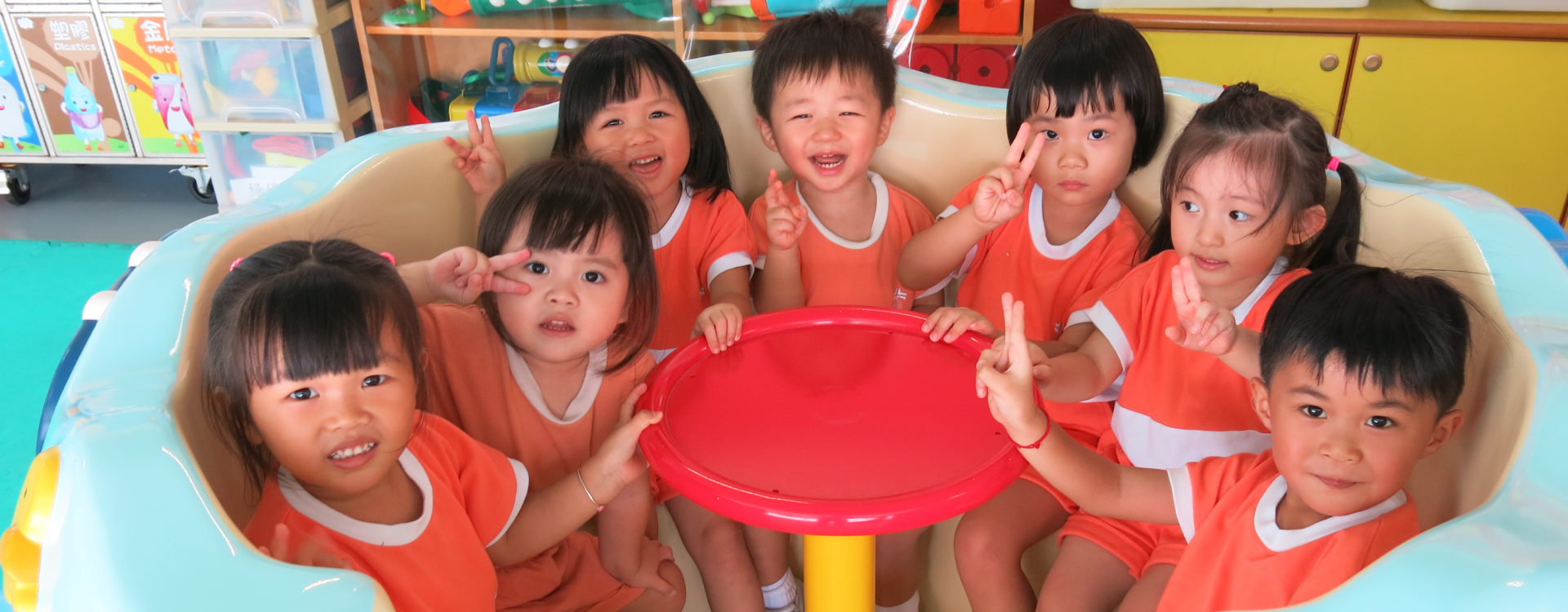-
 School-based Curriculum
School-based Curriculum -


School-based Curriculum
Curriculum Planning
The curriculum is designed according to the gradual spiral principle, in line with the theme of children’s life experiences through the use of a wide range of activities and games, achieved through six learning areas, including Physical Fitness and Health, Language, Early Childhood Mathematics, Nature and Living, Self and Society and Arts and Creativity, so as to provide comprehensive and balanced learning to our children.
Learning/Teaching Approach and Activities
1. We adopt an “Integrated Teaching” Model that integrates multiple areas of knowledge, skill, and behavior to offer a more coherent learning experience. We use group teaching with a variety of interesting objects, teaching materials, stories and diversified learning activities to stimulate children’s curiosity about things, provide children more opportunities to express and participate, and let children learn from practice and build new knowledge.
2. Classrooms provide different learning corners, we adopt the “High Degree of Breadth” model that enables children to experience a whole process of “Plan”, “Do”, and “Review” when engaging in group activities, to enhance children’s learning interest and interaction with peers, so as to inspire independent learning, promote proactive exploration and thinking skills.
3. We value nurturing children’s biliterate and trilingual learning, and engaged Native-speaking English Teacher and Putonghua Teacher to lead children in interesting language activities, with storytelling, phonics activities, singing songs, saying rhymes, games and interesting speaking activities, we create a relaxed, natural and authentic language environment to promote children’s listening, speaking and reading skills in English and Putonghua.
Assessment of Children’s Learning Experiences
Build a study portfolio and have on-going assessment. Study assessment is made every month and summative assessment is made every semester to record children’s study results and developments in every aspect.